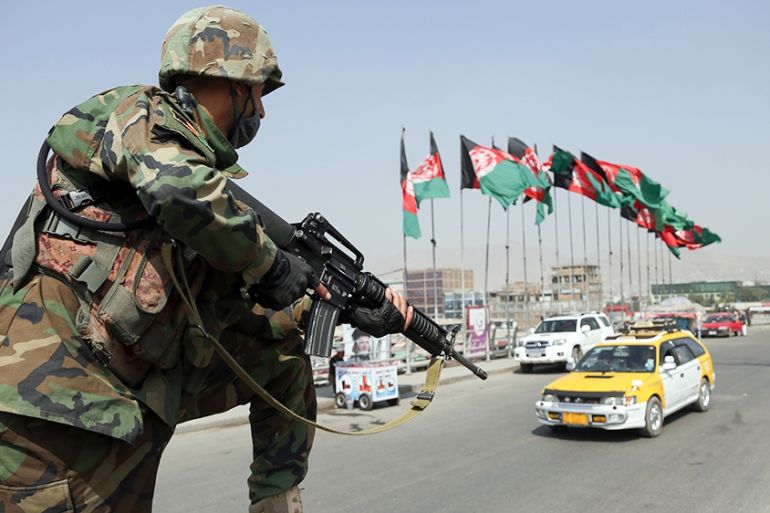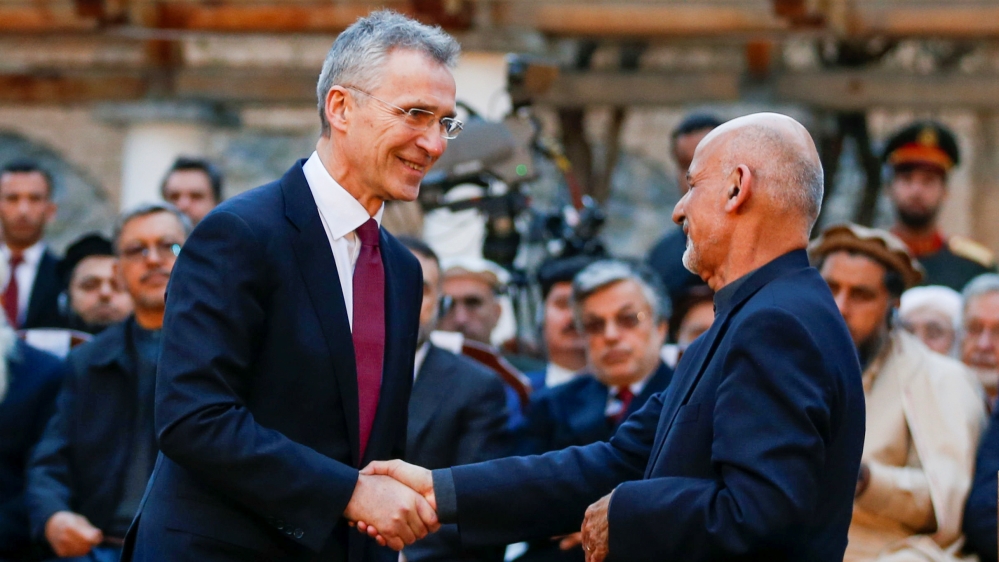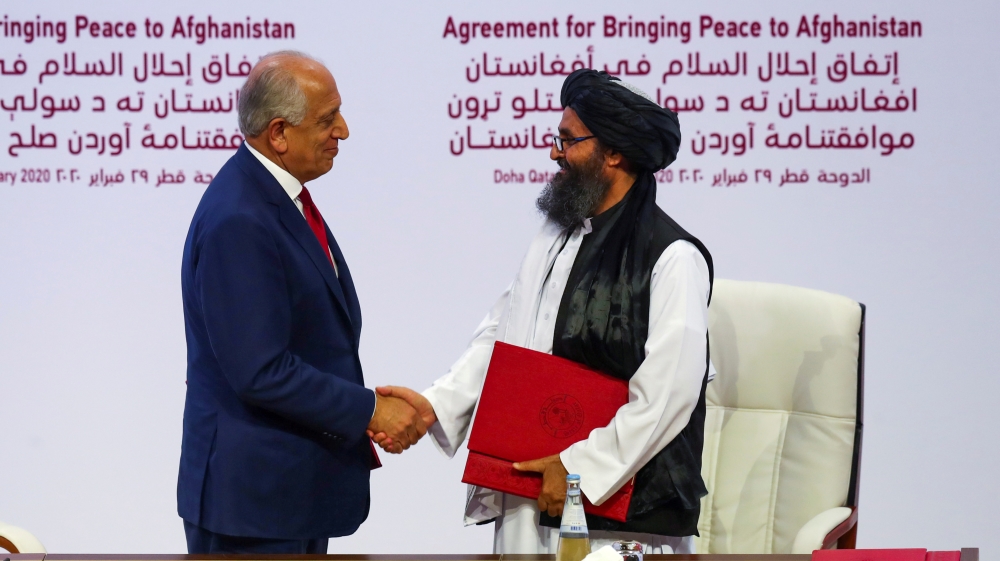NATO withholds key information on Taliban attacks: US watchdog
The SIGAR said NATO admitted that Taliban desisted from hitting coalition forces but increased attacks on Afghan troops.

The US-led NATO mission in Afghanistan has for the first time refused to publicly release key information about Taliban attacks, a US watchdog has said, potentially making insights into the war harder just as the Pentagon begins withdrawing its troops.
The report released on Friday by the Special Inspector General for Afghanistan Reconstruction or SIGAR said US forces have classified all casualty information from Afghan national defence and security forces for the first quarter of 2020.
Keep reading
list of 3 itemsFrom the 2001 fall of the Taliban to 2020 Afghan peace talks
US-Taliban deal: Can peace finally come to Afghanistan?
John F Sopko, who heads the watchdog, wrote that data on the Taliban and other rebel attacks “was one of the last remaining metrics SIGAR was able to use to report publicly on the security situation in Afghanistan”.
NATO’s Resolute Support (RS) mission previously disclosed data on “enemy-initiated attacks”.
Instead, the NATO mission gave only a short statement noting the Taliban stepped up attacks in March, immediately after the signing of a US-Taliban deal that was supposed to pave the way for talks.

“Between March 1 and 31, the Taliban refrained from attacks against coalition forces; however they increased attacks against (Afghan forces) to levels above seasonal norms,” the RS said, according to the report.
Under the deal, foreign forces will quit Afghanistan by July 2021 if the Taliban starts negotiations with Kabul and sticks to various security commitments.
In the week before the February 29 deal signing in the Qatari capital Doha, violence plummeted during a partial truce and US officials hoped attacks would stay low.
Taliban agreed to stop attacking foreign troops
However, the Taliban immediately resumed assaults on Afghan forces.
During the deal negotiations, the Taliban had agreed to stop taking aim at foreign troops, but there was no such prohibition on attacking Afghan forces.
The office of Afghanistan’s national security adviser earlier this week told The Associated Press news agency the Taliban have carried out 2,804 attacks since the Taliban-US deal.
According to Afghan Defence Ministry officials, the Taliban have been conducting on average 10 to 15 armed attacks daily on Afghan security forces across the country.
The NATO mission told SIGAR that it chose to restrict data because enemy attacks were now a “critical part” of discussions “regarding ongoing political negotiations between the US and the Taliban”.
SIGAR noted the Pentagon said it might release the information in the future.
Army Lt Colonel Thomas Campbell, a Pentagon spokesperson, said data on armed attacks is important to discussions between agencies regarding the Taliban’s adherence to the peace agreement.
“It will be releasable to the public when no longer integral to these deliberations, or the deliberations are concluded,” he told Associated Press.
Campbell did say that enemy-initiated attacks during the month of March exceeded seasonal norms.
“The US, NATO and our international partners have been clear that the Taliban’s level of violence against the Afghan National Defence and Security Forces is unacceptably high,” he said.

The move to withhold attack numbers follows a trend of diminishing insights into the longest US war, which Washington has given up ever winning and is instead trying to end through a political agreement that will provide face-saving cover to leave Afghanistan.
In 2018, the NATO mission stopped providing data on how much of the country the Taliban held or contested, amid criticism the war was mired in an intractable deadlock.
That followed a decision by the Afghan government to classify data on how many of its soldiers and police were getting killed by the Taliban after shocking figures showed several thousand were dying each year.
Data on enemy attacks “was one of the last remaining metrics SIGAR was able to use to report publicly on the security situation in Afghanistan”, the watchdog said.
The Pentagon is on course to cut its troops from about 12,000 to 8,600 in the coming months.
Even though violence and attacks have continued in Afghanistan, the UN mission on Monday noted a drop in the number of civilians killed in the first three months of this year, compared with the same time last year.
It said that in the first quarter of this year, 533 people, including 152 children, were killed by fighting and hundreds more were wounded.
